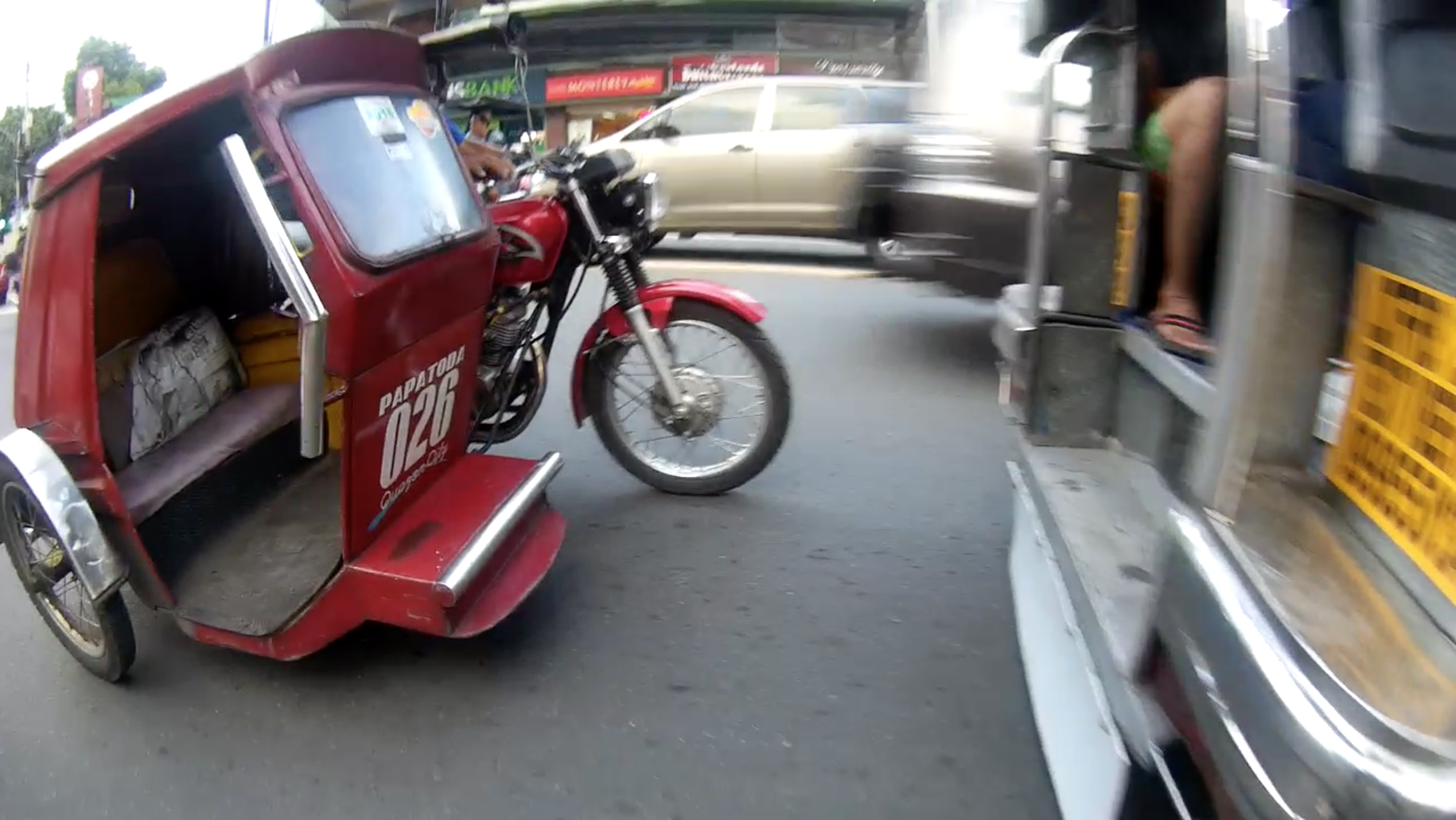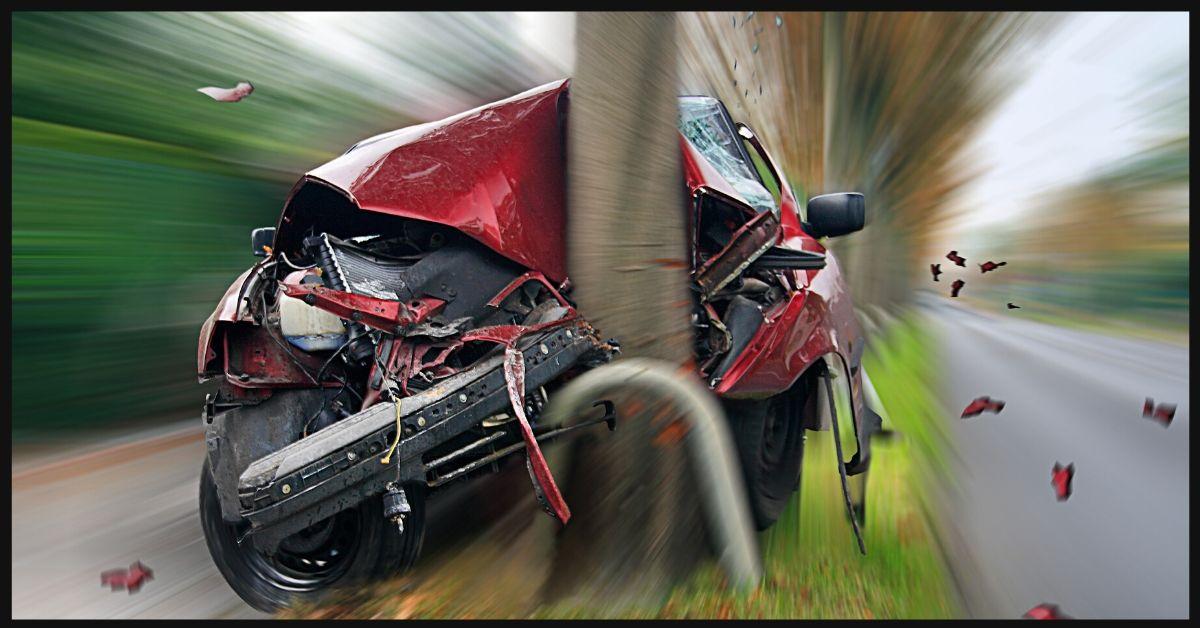Last November, an employee of an electric cooperative died on the spot when the motorcycle he was riding crashed after hitting a dog on a road in the heart of Malaybalay City in northern Mindanao. He was not wearing a helmet.
This took place just weeks after the city government in Bukidnon province enforced a ‘No Helmet, No Travel’ ordinance in response to the increasing cases of road crashes involving motorized two-wheelers.
“The implementation of Ordinance No. 900 is an effort to reduce the incidence of road crashes that cause injuries to both the driver and the passenger who do not have protective helmets,” Traffic Operation Officer Joseph Jabla said.
The ordinance – No. 900 Series of 2019 – was part of the legislative action of the Local Government Unit of Malaybalay City in compliance with Republic Act 10054 or the Motorcycle Helmet Act of 2009, which mandates all motorcycle riders – drivers and back riders –to wear protective helmets while driving in any type of road or highway.
The measure took effect on Oct. 21, 2019, covering all motorcycle users, many of them riders of habal-habal or motorbikes used public utility vehicles around the city. Penalty for non-helmet use is 1,500 pesos per violation for the first offence.
The ordinance also requires riders and passengers to wear the standard helmet. The protective gear is supposed to have the Philippine Standard mark or import commodity clearance (ICC) certification that guarantees the product’s quality standard.
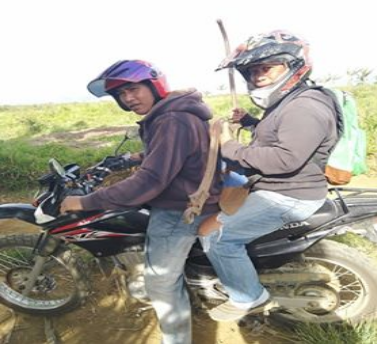
Riders in the city start complying with the ordinance
The safety measure also states that a motorcycle on the road will only carry three people at a time, curbing the practice of ferrying many passengers. This is common in some provinces where a habal-habal carries up to six people who sit on wooden planks placed horizontally across back seat of the motorcycle.
The habal-habal is now a regular feature in Bukidnon’s roads, serving residents in remote villages where travel to town centers is limited because of the absence of regular public transport.
Across the country, the motorized two-wheeler is now very popular, although technically still illegal. Legislators and policy-makers are studying whether to amend the 55-year-old Land Transportation and Traffic Code (RA 4136) in order to legalize the motorcycle taxis.
The Malaybalay City ordinance requiring helmet use was welcomed by many who are aware of the dangers of riding a motorbike without protective head gear.
Ronnie Abriol, a motorcycle rider said, “Ganahan ko sa balaod kay para man na sa atong kaayohan. Makalikay pa ta sa disgrasya ug ato jud makita nga maprotektahan kita sa helmet sa atong ulo.” (I favor the implementation because it is for our own good. We can avoid serious injuries and we will feel safe with the helmet as protection).
Cherie Lou de la Torre, who takes the motorbike to work daily with her daughter, immediately bought a helmet for herself and her child. The public school teacher says the ordinance will force motorcycle riders to follow traffic rules and be more safety conscious.
Crashes involving motorbikes rising
The Traffic Management Center (TMC) reported that road crashes continue to rise: from 193 in the first quarter of 2018 to 234 in the last quarter of the same year, mostly involving motorcycles colliding against other vehicles. One of the fatalities was the electric cooperative employee who rode his motorbike without a helmet. There were no available figures for 2019.
The Online National Electronic Injury Surveillance System (ONEISS) of the Department of Health showed a steady rise in road crash injury from motorcycles from 6,244 in 2010 to 28,694 in 2016.
Motorcycle riders are among the most vulnerable road users and helmet use is the most important intervention against injury or death in case of a crash, according to the World Health Organization (WHO).
It says wearing a standard motorcycle helmet correctly can reduce the risk of death by almost 40 percent and the risk of severe injury by over 70 percent.
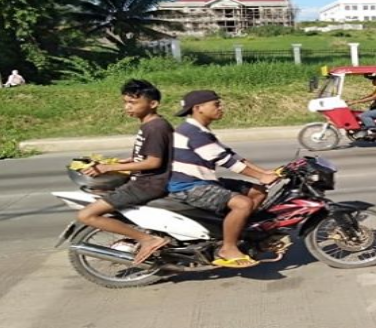
Riders seemingly unmindful of the dangers on the road
The new ordinance means more challenges and responsibilities for enforcers to ensure that the rules are followed, according to Jabla, the TMC’s traffic operations officer.
“We need more enforcers to man the different strategic areas such as street intersections, school zones and along the national highway before reaching the city’s commercial areas,” he said in an interview.
Enforcers are also on the lookout for people who ride the motorcycle backwards, posing risks to both driver and back-rider.
Over the past two months, a number of non-compliant riders were apprehended. Apart from not wearing a helmet, some were unable to produce registration papers for their motorcycles, while others showed outdated documents.
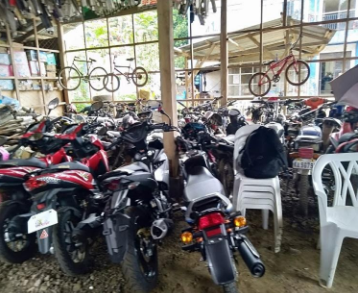
Police impounding area for motorbikes in Malaybalay
As a result, their motorcycles were impounded and placed under the custody of the Traffic Management Center for their violations.
Offenders hide behind helmets
While the City Ordinance is being strictly enforced within Malaybalay’s Barangay Poblacion or commercial center, this is not the case in the outlying villages where a lot of habal-habal riders still do not wear a helmet.
While it is a known fact that a helmet protects its user, one resident expressed fear that wearing one especially at night could hide the identity of a criminal.
“The riding-in-tandem occurring in big cities might occur here. They take advantage of the conditions where the face of the driver could not be identified. This may pose a threat to the people of this city,” said the man who did not wish to be identified.
The term has been used to describe two men riding together on a motorbike who commit crimes and wear full-face helmets to conceal their identities.
Because of this, many local governments have sought the suspension of the helmet law in their areas to help address the rising incidence of crimes committed by offenders riding-in-tandem.
This story was produced under the Road Safety Journalism Fellowship carried out by VERA Files and the World Health Organization under the Bloomberg Initiative for Global Road Safety.

